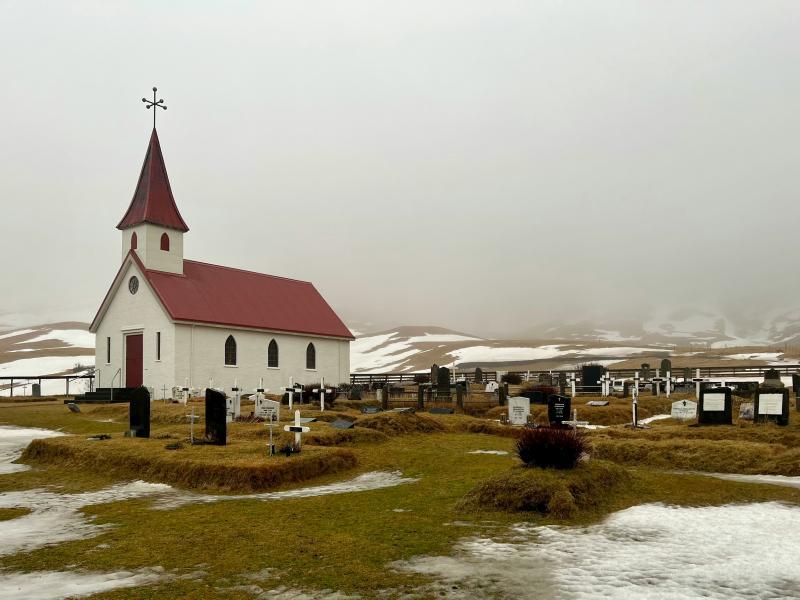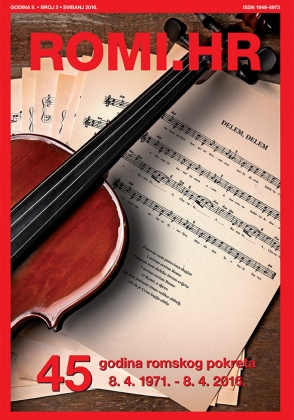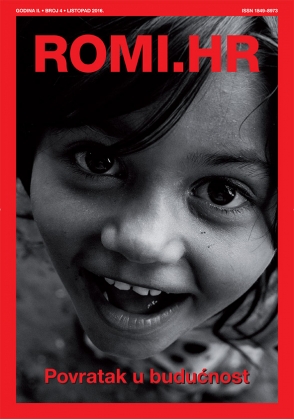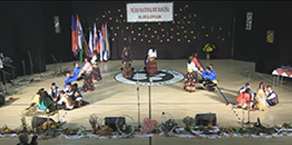Features ROMI.HR
/Through the history of Scandinavia, Roma people have commuted between being excluded from, and forced into Christianity. How has this affected the religion of the Roma of Scandinavia today?
Although the Nordic countries are some of the most secular in the world, some people are still religious and live a religious lifestyle. The Roma people in Scandinavia and Finland are of various religions, but the most common one is Christianity, which is also the majority religion in all Nordic countries. Even though many Roma people are part of a Christian church, the relationship between Roma people and the church has looked very differently through the years.
As early as the 1500s, when the first Roma people in Scandinavia had just arrived, the archbishop of Sweden, Laurentius Petri, made a statement about his opinions on Roma people. He referred to Roma people as “the evil people” and forbade priests all over the country to perform religious services such as baptisms, weddings and funerals for Roma people. The bishop of Fyn in Denmark said the same thing to his priests. Roma people were to be buried outside of the graveyards, and were not allowed to receive any of the sacraments.
This likely affected the majority population’s view of Roma people. The church was one of the biggest sources of information for citizens during this time and since the priesthood saw Roma people as connected with the devil, it created an unfriendly and hostile attitude towards Roma. The attitude towards Roma from Scandinavian churches continued well into the 17th century. At one point, the priesthood of Sweden demanded to the parliament that all Roma would be expelled from the country. Evidently, this did not succeed, but the Swedish church continued to keep Roma people outside of their holy buildings through almost the whole 19th century.
In 19th and 20th century Norway, the Christian community was known for targeting Roma people with Christian faith as a tool of assimilation. The christian organisation “Norwegian Mission Among the Homeless” (Norsk Misjon Blant Hjemløse), which was frequently working with the government and on a government budget, built labour camps and child care homes for Roma people and other nomadic or partially nomadic people in Norway. In the many residencies of NMH, there were regular classes in Christianity as well as compulsory prayer.
For the majority of the time Roma people have spent in the Nordic countries, Roma have either been left out of, or forced into the churches. This has created the rather unique relationship many Roma people have to christianity today. The fact that Roma people in many cases in Scandinavia were unwelcome in the state churches created a new religious tradition among Roma people. Some Roma families during the 19th and 20th century became part of free church movements instead, such as pentecostalism and the missionary church, and also sometimes Jehovah's Witnesses. This tradition lives on until today. Most people in Scandinavia, including Roma people, live a secular lifestyle. However, the Roma people who are Christian often practice their religion in some kind of free church.
The state churches of Sweden and Norway have asked the Roma minority for forgiveness for the churches previous treatment of Roma people. The previous archbishop of Norway, Helga Haugland Byfuglien, made an apology in 2015, in conjunction with a governmental investigation concerning previous assimilation policies of the Norwegian state. The Swedish previous archbishop K G Hammar did the same thing in 2000. Though, many Roma still do not have confidence in the state churches of Scandinavia because of the previous actions of the churches.
 Back to Features
Back to Features













